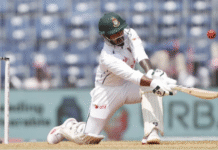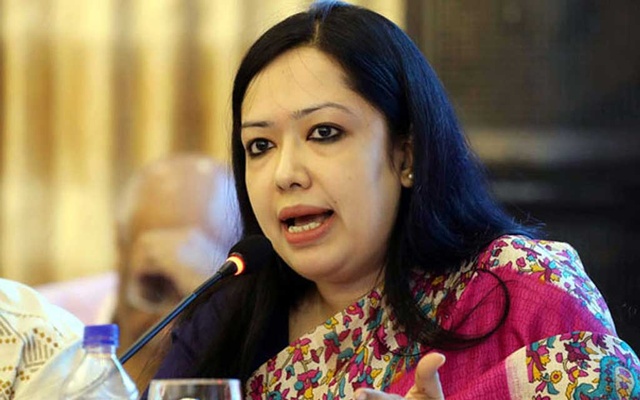
The name James Anderson is almost synonymous to Test cricket. His iconic yet smooth bowling action while donned in the all-white of England is what cricket lovers and enthusiasts immediately picture when they hear or read Anderson’s name.
And similar, if not the same, relevance to Test cricket is created in the minds of regular cricket followers at the name of India’s Cheteshwar Pujara. The 33-year-old’s gritty 211-ball 56 on the final day of the Brisbane Test, helping India gun down mighty Australia and hand them their first Test defeat at the Gabba fortress since 1988, has only magnified his reputation as an Indian Test specialist.
Bangladesh, too, have players solely considered for Tests, but the truth is that the likes of Mominul Haque, Ebadot Hossain and Abu Jayed still have a long way to go before being truly hailed as Test specialists. One reason behind that is the low number of Tests played year-round by Bangladesh and hence the players do not get the exposure needed to flourish to their fullest abilities in the format.
Another reason behind Bangladesh players’ lack of success in Tests was pointed out by Nazmul Abedeen Fahim, someone who has worked for the Bangladesh Cricket Board (BCB) in many capacities.
“Unfortunately the four-day or longer-version matches that are held in our country are not competitive cricket. There are many loopholes in it,” said Fahim.
Then again, it needs a lot of sacrifices for a player to truly establish himself as a Test specialist and achieve milestones in the toughest format of the game. Anderson became the first seamer to have scalped 600 Test wickets, joining the elite club that previously featured three spinners — Muttiah Muralitharan (800 in 133 matches), Shane Warne (708 in 145) and Anil Kumble (619 in 132).
It was the 38-year-old’s sacrifice and choice of solely focusing on Test cricket that helped him achieve the feat. The last time Anderson played an ODI was back in 2015 and his last T20I was back in 2009. Unlike most of the modern players, Anderson did not involve himself in franchise cricket as he chose to keep doing the hard yards with the red ball.
The modern-day cricket set-up is such that it lures players more towards the shorter and formats which bring more financial solvency along with greater fame and exposure. And not many players like Anderson can stick to their determination of making a name in the longest format as getting picked for the money-spinning T20 leagues like Indian Premier League (IPL) is now considered by many as one of the highest points in a cricketer’s life.
The players’ urge for featuring in T20 leagues and being considered as a good T20 player is understandable considering the financial aspect. But this urge may even make the very few players in the modern era who nurture the hope of establishing themselves in the longest format sway away from their ultimate goal.
“Those countries [England, Australia, India] have made ways for their [Test] cricketers to earn enough. And before talking about a player’s commitment and him putting sole focus in Test cricket, what the board needs to do is to ensure their financial security. Otherwise, the players designated for Test cricket will try to do better in shorter formats so that they can earn more money by playing in tournaments. There is nothing wrong with that but sometimes it happens so that players may need to compromise on their role as a Test cricketer,” remarked Fahim on ways to help players focus and flourish in Tests. While the likes of Mominul, Ebadot and Jayed — the ones that are usually considered for Tests in Bangladesh — may have to make sacrifices similar to the ones made by Anderson, it also remains the board’s responsibility to create an atmosphere around these players that would help them grow as Test specialists and leave lasting impacts in the format.









